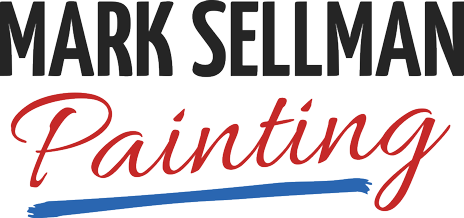Welcome to part three of our drywall blog series! So far we’ve discussed ways it can be damaged and how to repair small damage. Now let’s talk about mold. In any situation, mold can be unsightly and difficult to get rid of. One reason why drywall is so popular is because of how low maintenance it is. However, if there’s a lot of moisture in the air, such as a bathroom, it’s a good place for mold to grow. The sooner you get rid of it the better and thankfully drywall makes it easy to do just that. Here are five ways to get rid of the mold based on how much you may have.
Please note: Always wear protective gear, especially when working with chemicals. In addition, make sure you’re keeping the rooms ventilated by opening a window, using a fan, etc.
- Bleach & Water: This a good solution when mold is in the early stages of development. Mix half a cup of bleach in a quart of water. After a good mix, use a brush on the surface until the mold is gone. Wipe down the surface, but don’t rinse it off. The leftover bleach will continue to kill any spores that might be inside the material.
- Household Detergent: There are several types of mold remover that you can purchase. Look for one specifically for black mold to make the task a little easier.
- Vinegar & Water: This is a great solution if you want to avoid using chemicals in your home. The only issue is that while it will clean the surface, it may only remove about 80% of the spores so you’ll have to repeat the process a few times. The solution is equal parts water and vinegar.
- Hydrogen Peroxide: This can be an alternative to bleach, but it can be a little harsher on the paint. On a small patch at the bottom test out the solution before using it on the mold. If your paint doesn’t react to it, use only a 3% solution and spray it onto the wall. After letting it rest for at least 10 minutes, wipe down the excess.
- Ammonia: This is probably the harshest cleaner on this list being a toxic cleaner and should be used with more caution. It should be used more as a last resort if the mold is particularly stubborn. Never use ammonia after bleaching a wall because it will create a toxic gas. In addition to that, make sure there’s plenty of ventilation in the room.






